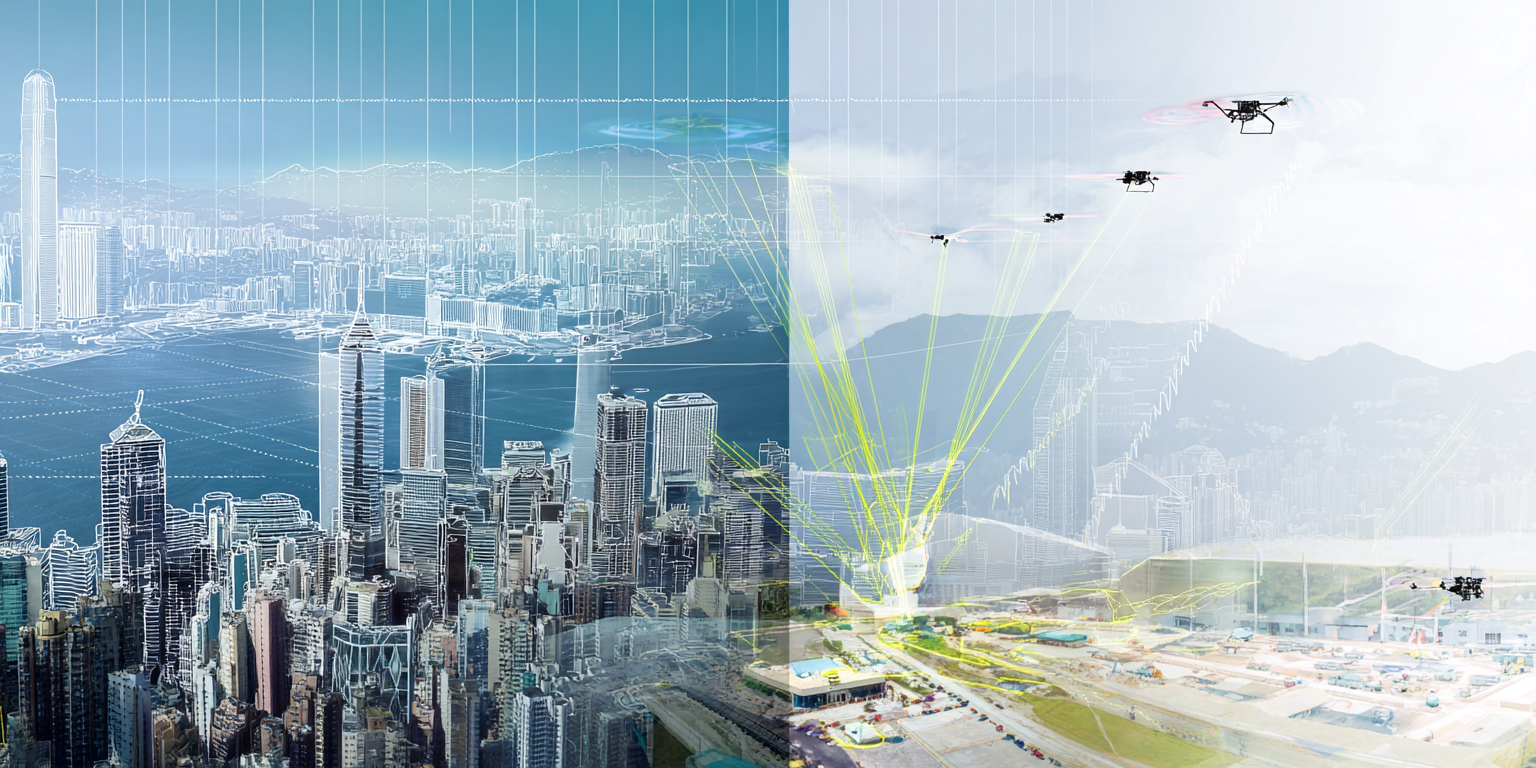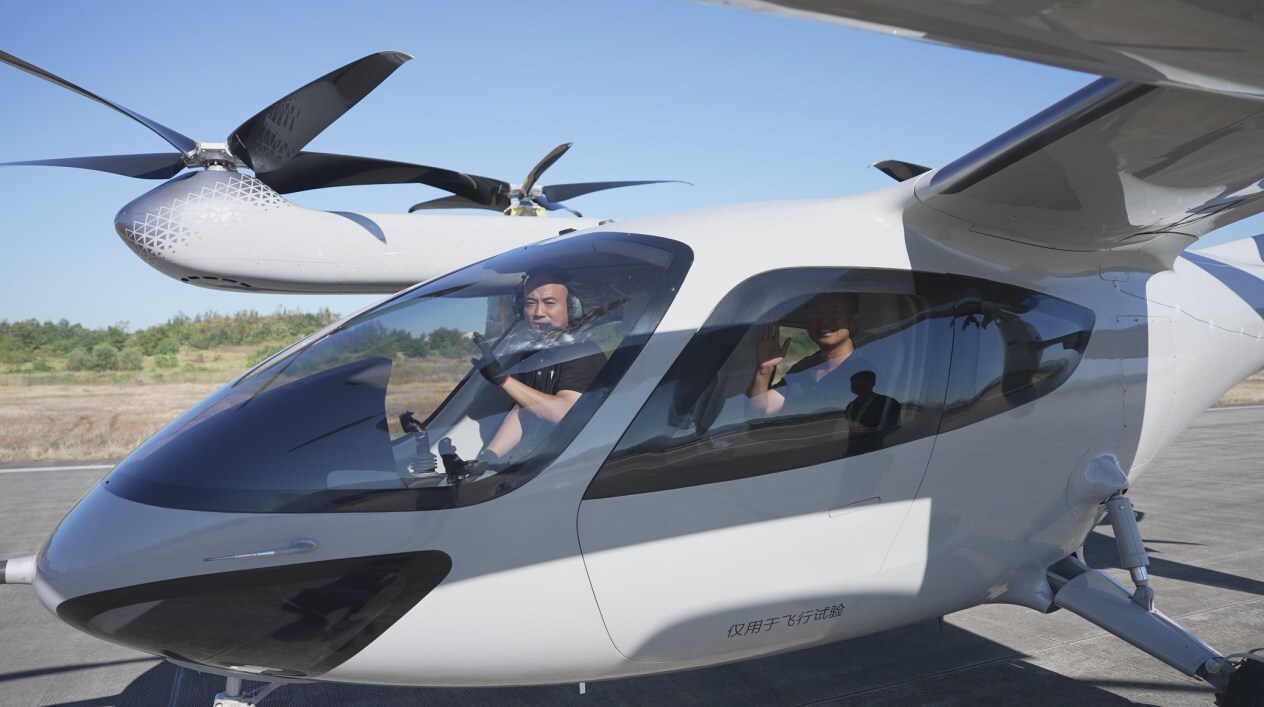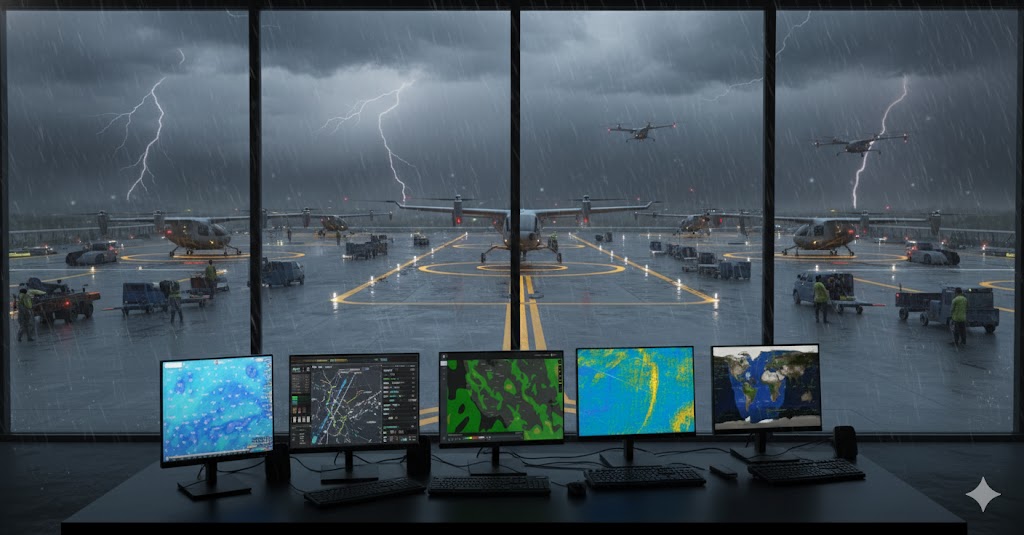Vertical Flight Decoded: The difference between Helicopters, eVTOL, eSTOL, and eCTOL Aircraft.
The aviation industry is witnessing a significant shift with the rapid rise of eVTOL (electric Vertical Take-Off and Landing) aircraft, which is paving the way for a new era of urban air mobility. This emerging aircraft class includes eVTOLs (Electric Vertical Take-off and Landing), eSTOLs (Electric Short Take-off and Landing), and eCTOLs (Electric Conventional Take-off and Landing), each with unique benefits and applications when compared to traditional helicopters.
This article will provide a solid foundation for those seeking to understand the future of electric aviation; it presents a comprehensive view of the challenges and opportunities presented by eVTOL, eSTOL, and eCTOL aircraft.
Helicopters vs. eVTOLs
Helicopters, known for their versatility and ability to access remote locations, have been the backbone of vertical lift for decades. They excel in missions requiring hover capabilities, such as search and rescue, medical evacuations, and aerial firefighting. However, helicopters are also associated with high noise levels, substantial operating costs, and significant carbon emissions.
eVTOL aircraft, on the other hand, represent the cutting edge of urban air mobility. They are designed to operate efficiently in densely populated urban environments. Unlike helicopters, eVTOLs leverage electric propulsion, which enables quieter operations, lower emissions, and potentially lower maintenance costs due to fewer moving parts. Typically, eVTOL aircraft feature a four-rotor setup for balance, lift, and propulsion. Yet, depending on design goals like increased redundancy, greater lift, or better aerodynamics, some models may incorporate up to 12 or more rotors. In the burgeoning field of eVTOL technology, several pioneering projects are leading the charge toward revolutionizing urban mobility. Among them:
- Archer Aviation's Midnight: Archer’s collaboration with NASA on battery technology underscores its commitment to advancing eVTOL capabilities. The Midnight is designed to carry four passengers up to 100 miles, targeting urban routes. It highlights the rapid progress in battery technology and electric propulsion.
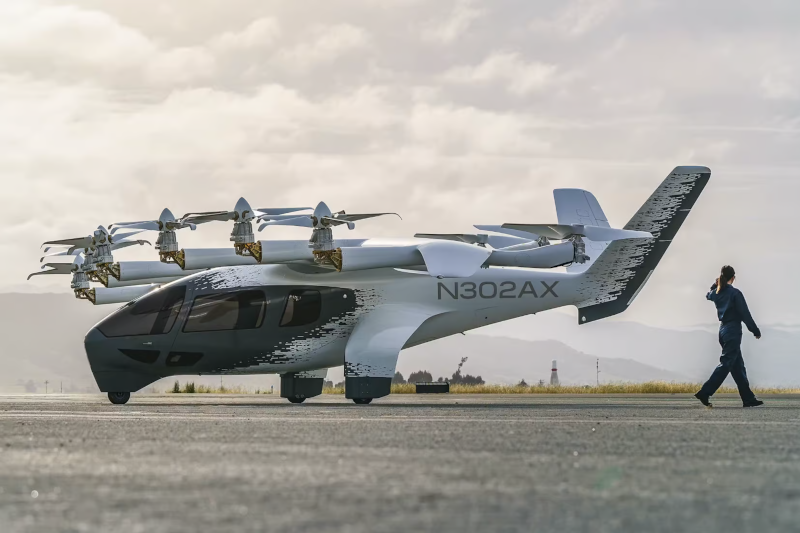 Archer Aviation’s Midnight
Archer Aviation’s Midnight
- Wisk Aero’s Generation 6: A fully autonomous, four-seat eVTOL, the Gen 6 prototype is being developed with features like a 90-mile range and the ability to charge fully in just 15 minutes. It is a collaboration between Wisk Aero and Boeing, showcasing advancements in autonomy and electric propulsion.
-
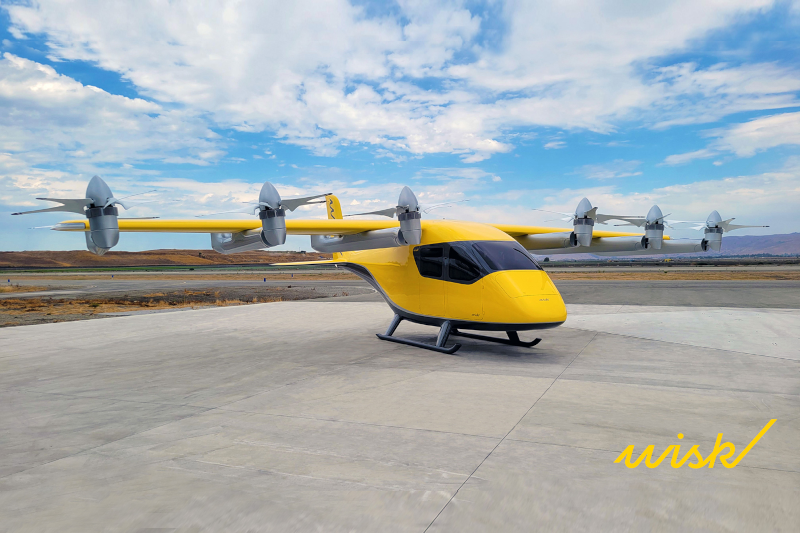 Wisk Aero’s Generation 6
Wisk Aero’s Generation 6
- Volocopter’s VoloCity: Planned to be deployed during the 2024 Paris Olympic Games, the VoloCity is an eVTOL designed for urban air taxi services, emphasizing short-range, high-efficiency travel within cities.
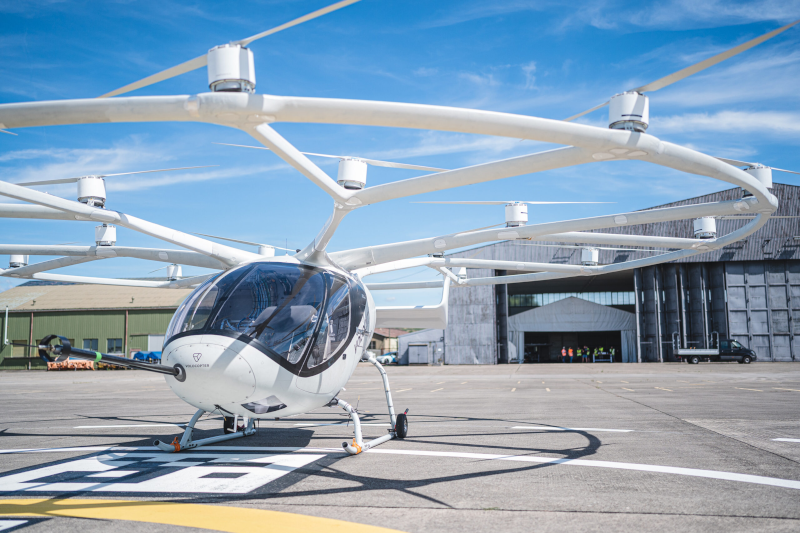 Volocopter’s VoloCity:
Volocopter’s VoloCity:
The Evolution of eSTOL and eCTOL Aircraft
eSTOLs (Electric Short Take-off and Landing) aircraft, while sharing the electric propulsion benefits of eVTOLs, require minimal runway lengths for take-off and landing, bridging the gap between vertical lift and conventional aircraft. This makes eSTOLs particularly well-suited for areas with limited space that cannot accommodate full-sized runways. Their design efficiency allows for greater cargo capacity, making them ideal for freight transport within urban and semi-urban settings. Unlike traditional fixed-wing aircraft with one or two propellers, eSTOL aircraft usually have a four-rotor configuration for lift and propulsion. Some designs, aiming for enhanced redundancy, improved lift, or better aerodynamics, may feature up to 12 or more rotors.
Within the dynamic landscape of eSTOL innovation, a handful of trailblazing initiatives are reshaping the future of urban transportation. Highlighted below are some of these ventures:
- Electra Aero’s eSTOL Aircraft: Electra is developing a hybrid-electric eSTOL aircraft that uses blown lift technology for efficient operations in constrained environments. This aircraft is designed for various roles, including cargo transport and passenger services.
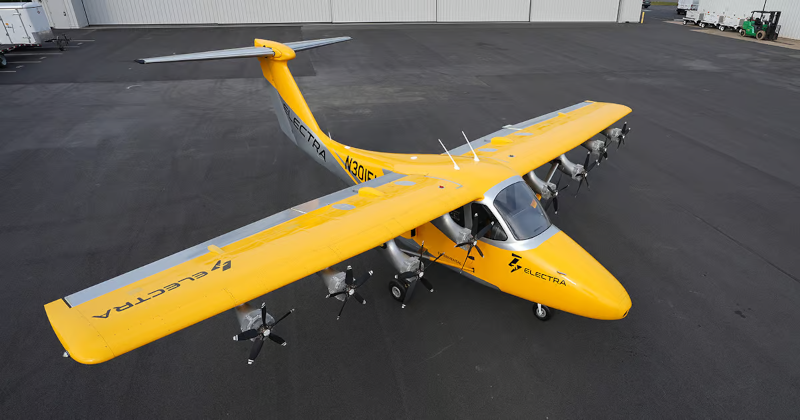 Electra Aero’s eSTOL Aircraft:
Electra Aero’s eSTOL Aircraft:
- Airflow’s eSTOL Aircraft: Specializing in electric short take-off and landing capabilities, Airflow is developing technology to revolutionize how goods and people are transported. It offers an alternative to conventional take-off and landing methods, which could be used in urban areas.
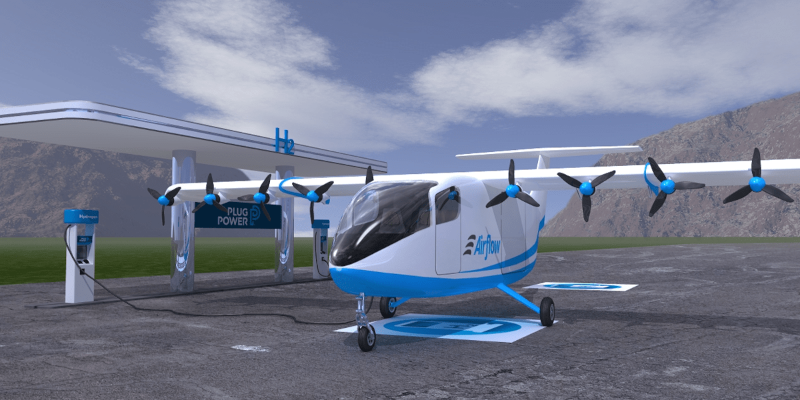 Airflow’s eSTOL Aircraft:
Airflow’s eSTOL Aircraft:
eCTOLs (Electric Conventional Take-off and Landing) aircraft are traditional airplanes’ electrified versions, requiring take-off and landing runways. They represent a straightforward approach to electrifying aviation by retrofitting existing aircraft designs with electric propulsion systems. This category is exemplified by efforts from companies like MagniX, which focuses on converting established aircraft models for electric operation. This demonstrates the versatility and potential for widespread adoption of electric propulsion in various aviation segments.
Numerous innovative projects stand out at the heart of the swiftly evolving eCTOL sector. Here are a few notable examples:
- MagniX’s Electric Propulsion Systems: MagniX is at the forefront of electrifying conventional aircraft, having tested its electric propulsion systems on models like the Cessna Grand Caravan. Their technology allows for the conversion of existing aircraft into electric variants.
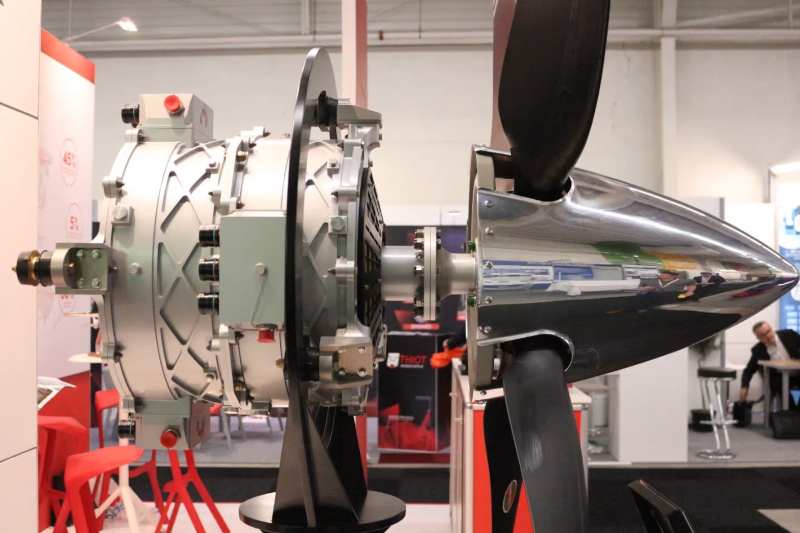 MagniX’s Electric Propulsion Systems:
MagniX’s Electric Propulsion Systems:
- Ampaire’s Electric EEL: Ampaire has flown the Electric EEL, a hybrid-electric version of the Cessna 337 Skymaster. The company is focused on creating efficient, sustainable propulsion systems that can be retrofitted into existing airframes, paving the way for more widespread adoption of electric propulsion in aviation.
 Ampaire’s Electric EEL
Ampaire’s Electric EEL
eVTOL, eSTOL, and eCTOL aircraft development is set to revolutionize the aviation industry by offering sustainable alternatives to traditional helicopters and fixed-wing aircraft. Together, these technological advancements and regulatory efforts are paving the way for eVTOLs to become a common sight in our skies, offering a quieter and cleaner alternative to traditional helicopters and significantly impacting urban air mobility.

